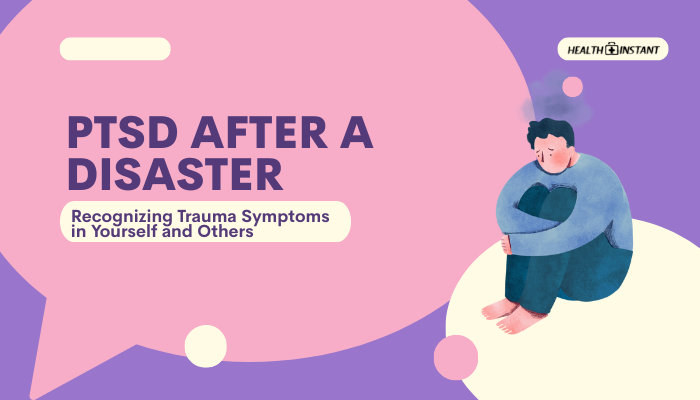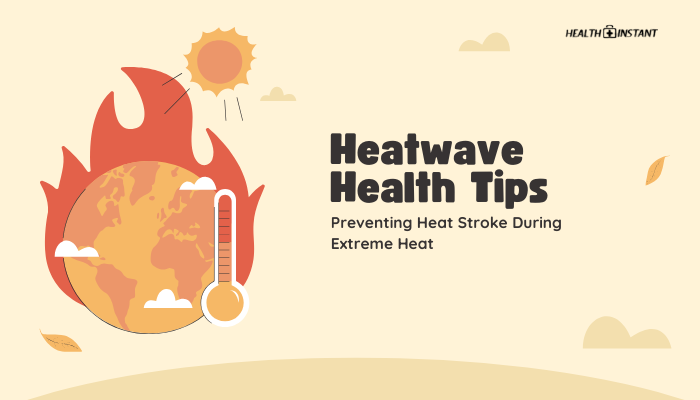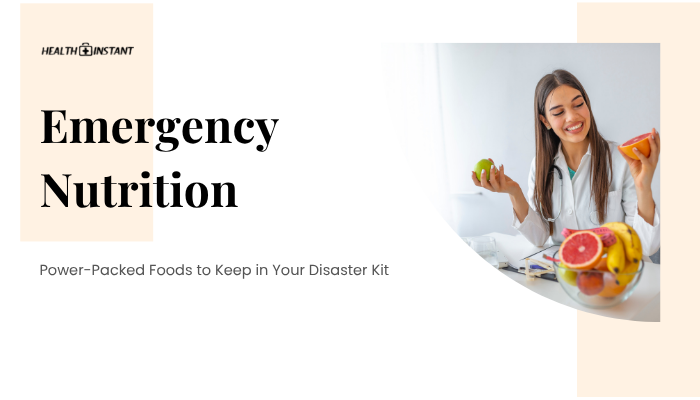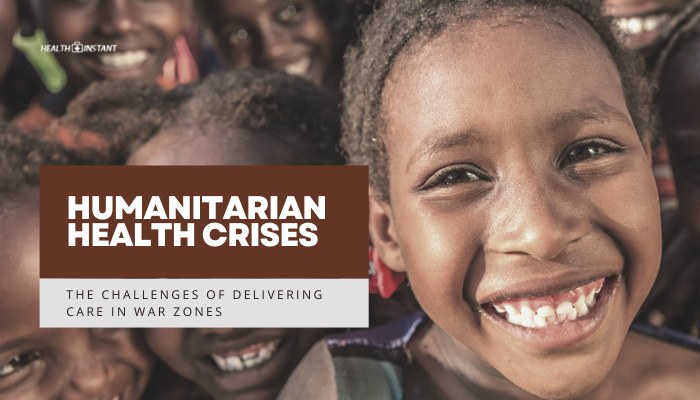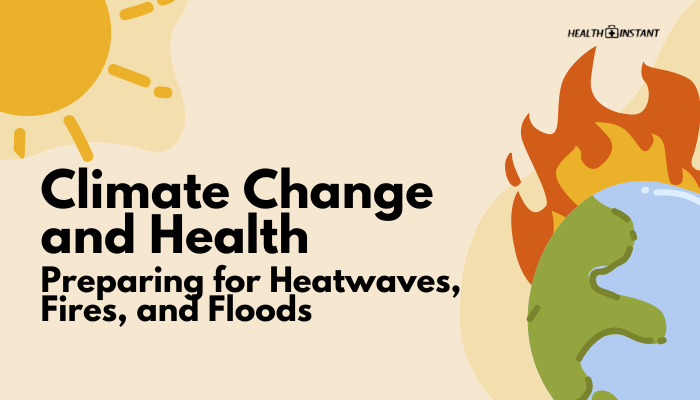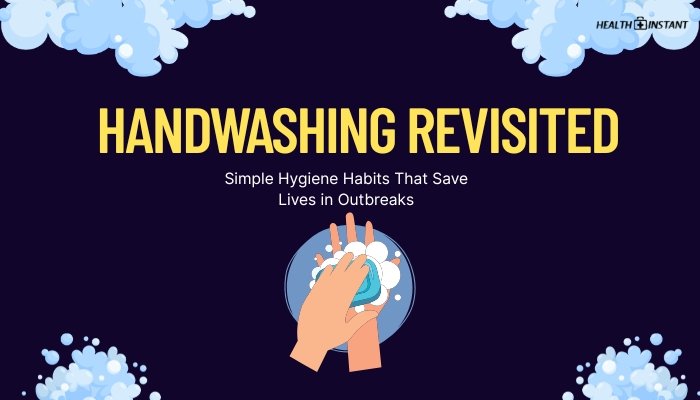Introduction
Experiencing a disaster—be it a hurricane, earthquake, wildfire, or flood—can have enduring psychological effects. While initial shock or stress is common, some individuals develop post-traumatic stress disorder (PTSD), a condition in which trauma symptoms linger and disrupt daily life.
This guide outlines how disasters can lead to PTSD, ways to identify warning signs in yourself and others, and the steps to secure support.
What Is PTSD?
PTSD (Post-Traumatic Stress Disorder) arises when a highly distressing event (or series of events) causes persistent psychological trauma. Key features include:
- Re-experiencing: Flashbacks, nightmares, intrusive memories.
- Avoidance: Steering clear of reminders of the event.
- Negative Changes in Thoughts or Mood: Guilt, shame, or lack of interest in usual activities.
- Heightened Reactivity: Being easily startled, irritable, or hypervigilant.
Not everyone who endures a traumatic situation develops PTSD. However, the intensity and duration of distress can signal when professional evaluation might be needed.
How Disasters Can Trigger PTSD
- Sudden Trauma: Disasters often come abruptly, offering little time to prepare or cope mentally.
- Perceived Threat: Fearing for one’s life or witnessing extensive destruction can produce profound stress.
- Displacement and Loss: Losing homes, possessions, or loved ones intensifies emotional distress.
- Inadequate Post-Disaster Support: If survivors lack resources or social connections, they may be more vulnerable to long-term psychological harm.
Living through repetitive cycles of fear and uncertainty, such as ongoing aftershocks or multiple storm warnings, can compound trauma.
Recognizing Signs and Symptoms
Emotional and Psychological
- Nightmares or Flashbacks: Reliving aspects of the disaster in vivid detail.
- Severe Anxiety or Depression: Feeling on edge, sad, or hopeless for an extended period.
- Irritability or Anger: Small triggers can spark disproportionate frustration or rage.
- Detachment: Losing interest in previously enjoyed activities, feeling numb or disconnected from others.
Physical
- Sleep Disturbances: Insomnia or frequent waking from nightmares.
- Fatigue and Headaches: Ongoing tension can manifest in aches or low energy.
- Increased Heart Rate or Sweating: Particularly when reminded of the disaster (sights, sounds, places).
Behavioral
- Avoiding Reminders: Refusing to visit impacted areas or watch related news.
- Increased Substance Use: Alcohol, drugs, or prescription misuse to self-medicate.
- Withdrawing from Social Ties: Less interaction with family, friends, or community events.
How to Support Someone with Disaster-Related PTSD
- Listen Actively
- Provide a safe space for them to talk; don’t force details but let them share as they feel comfortable.
- Provide a safe space for them to talk; don’t force details but let them share as they feel comfortable.
- Validate Emotions
- Acknowledge their feelings of fear or sadness rather than dismissing them.
- Use phrases like “I can see this is really hard for you” or “Your feelings are valid.”
- Acknowledge their feelings of fear or sadness rather than dismissing them.
- Encourage Professional Help
- Suggest therapy or counseling (e.g., trauma-focused CBT or EMDR), if symptoms persist.
- Offer to help research local mental health resources or accompany them to appointments.
- Suggest therapy or counseling (e.g., trauma-focused CBT or EMDR), if symptoms persist.
- Be Consistent
- Frequent check-ins, practical assistance in daily tasks, or invites to safe social activities.
- Frequent check-ins, practical assistance in daily tasks, or invites to safe social activities.
- Respect Boundaries
- Some survivors prefer not to recall events. Take cues from them—gentle support is best.
- Some survivors prefer not to recall events. Take cues from them—gentle support is best.
6. Self-Care and Professional Help
Coping Strategies
- Mindfulness and Relaxation: Breathing exercises or grounding techniques to handle flashbacks or anxious moments.
- Physical Exercise: Moderate activities (e.g., walks, yoga) to reduce tension and improve mood.
- Journaling: Putting thoughts on paper can help process overwhelming emotions.
Seeking Therapy or Counseling
- Trauma-Focused Therapies: Cognitive Behavioral Therapy (CBT) or Eye Movement Desensitization and Reprocessing (EMDR) specifically address traumatic memories.
- Support Groups: Engaging with others who’ve experienced similar events fosters shared coping and empathy.
- Medication: Under a psychiatrist’s guidance, antidepressants or anti-anxiety meds may help manage severe symptoms.
Helping Children and Vulnerable Groups
Children, older adults, and people with pre-existing conditions often need tailored support:
- Age-Appropriate Explanations: Explain the disaster in simple terms, reassuring them of safety measures in place.
- Maintain Routines: Consistency in bedtime and meals reduces fear of unpredictability.
- Look for Regressive Behavior: Bed-wetting or clinginess in kids can signal deeper distress—offer patience and security.
When to Seek Urgent Assistance
You or someone else may need immediate professional help if:
- There are thoughts of self-harm or suicide.
- Anger or aggression threatens harm to others.
- Basic functioning—work, school, daily tasks—becomes nearly impossible.
- Substance dependency is escalating.
In crisis, call your country’s mental health helpline or emergency number (like 911 in the U.S.).
Conclusion
Post-disaster PTSD arises when harrowing experiences imprint deep emotional and physiological marks. Recognizing the early signs—flashbacks, avoidance, or severe anxiety—enables earlier intervention. Support from friends, family, or mental health professionals helps survivors gradually regain a sense of security and normalcy.
Ultimately, caring for mental health post-disaster requires patience, open communication, and, in some cases, the courage to reach for therapeutic solutions.
References
- American Psychological Association. (2021). Understanding acute stress and post-traumatic stress disorders.
- Centers for Disease Control and Prevention (CDC). (2020). Coping with a traumatic event.
- National Institute of Mental Health (NIMH). (2019). PTSD and disaster recovery support.
- World Health Organization (WHO). (2021). Guidelines for mental health in emergencies.
Disclaimer: This information is for educational purposes only and is not a substitute for professional medical or psychological advice. If you suspect PTSD or severe distress, please consult a qualified mental health professional.

